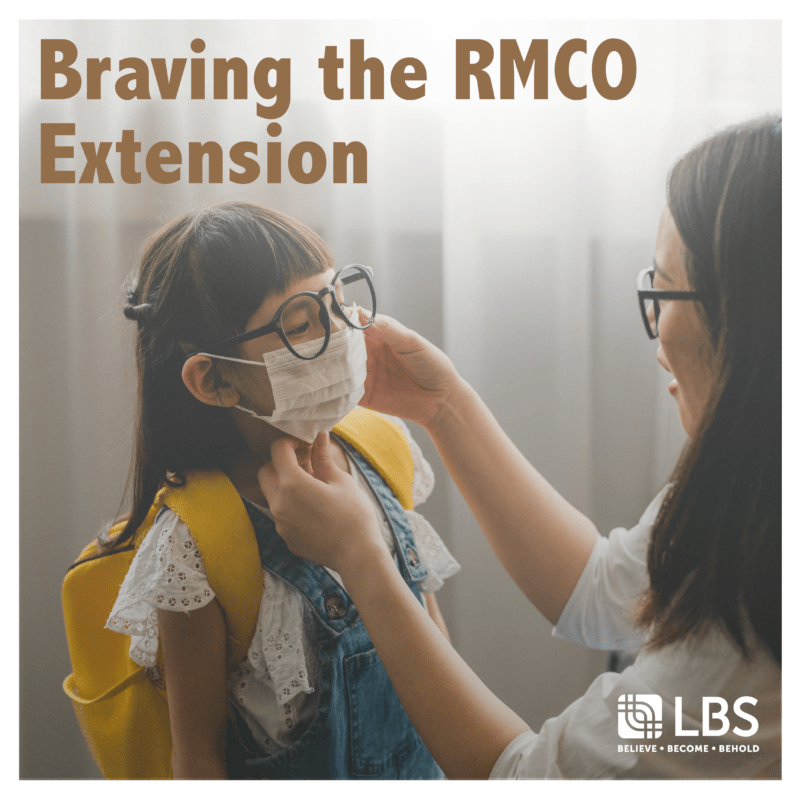GST And The Property Sector
The Goods and Services Tax (GST) was introduced in Malaysia back in April 2015. Prior to its inception, spending spiked before decreasing drastically after its implementation. This decline is expected to continue as consumers and businesses alike adjust to the new taxation. The list below contains information regarding GST and how it might affect the […]
Property Terms Glossary: Memorandum Of Transfer

What is a Memorandum of Transfer (MOT)? A Memorandum of Transfer (MOT) is a transfer of ownership procedure of a property for the price agreed between the buyer and seller. It is used to transfer ownership of the property from the developer to buyer, or in the case of secondary market purchases, transfer ownership of […]
Braving The RMCO Extension

Let’s be honest – all of us pretty much had a hunch, if not positively knew, the RMCO was going to be extended. Seeing how there are plenty of active new cases every day, both nationwide and worldwide, there is no way of denying our new normal. On August 28, Prime Minister Tan Sri Muhyiddin […]
How Penjana Benefits Young Property Buyers

How Penjana Benefits Young Property Buyers, HOC The National Economic Recovery Plan (PENJANA) is said to be good news for young, middle-income prospective homebuyers into realising their dream to own a property. Here at LBS Bina Group Berhad (LBS), we welcome the government’s measures to stimulate the property sectors through the incentives announced by the […]


